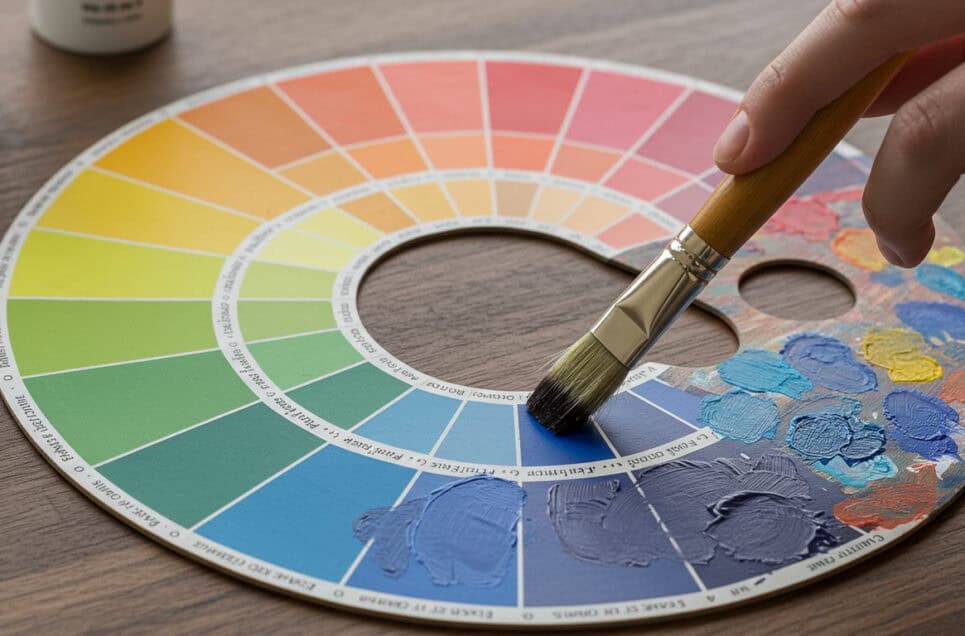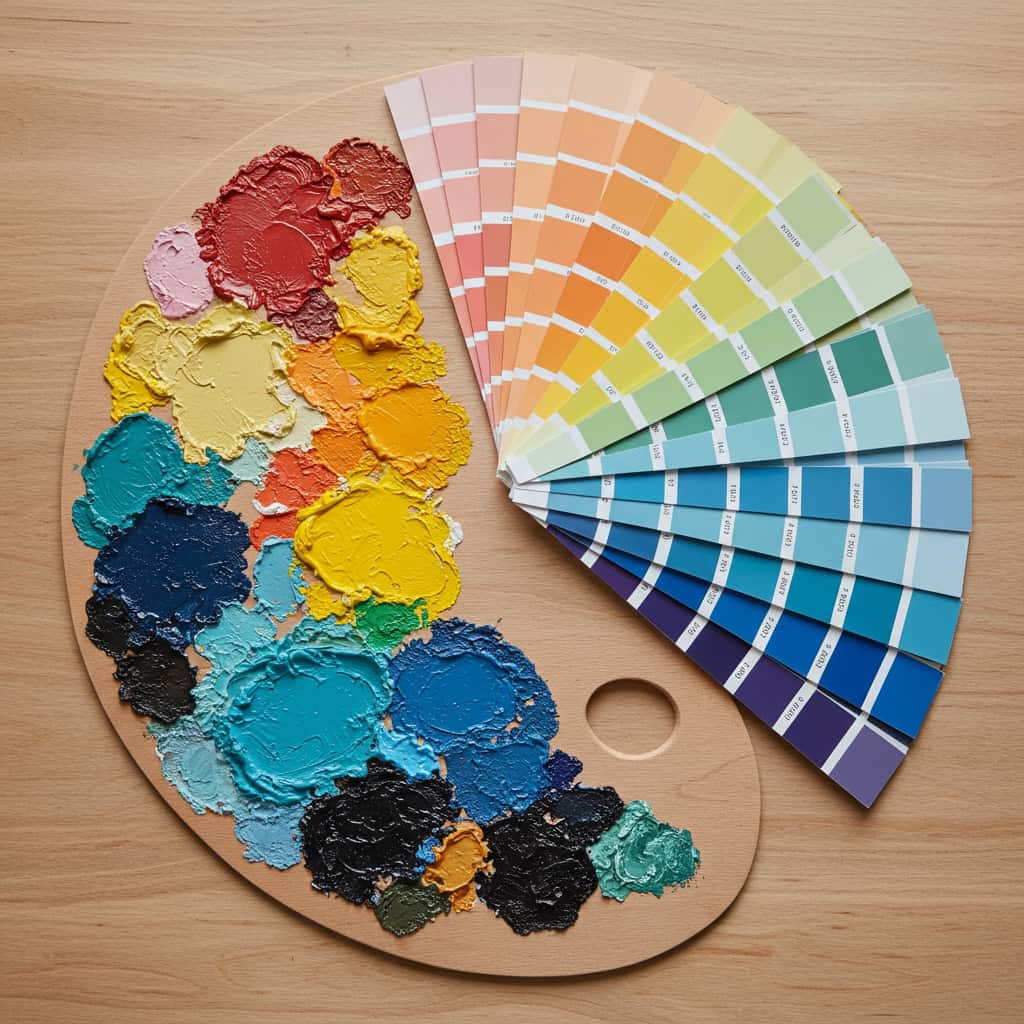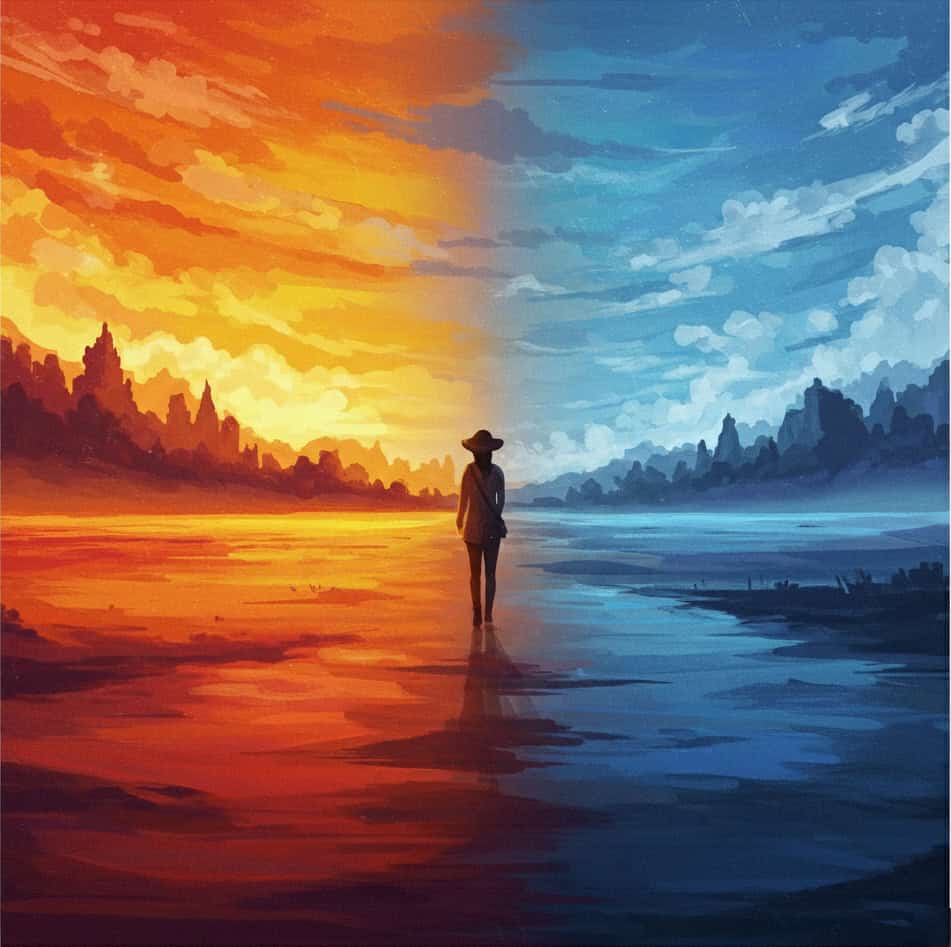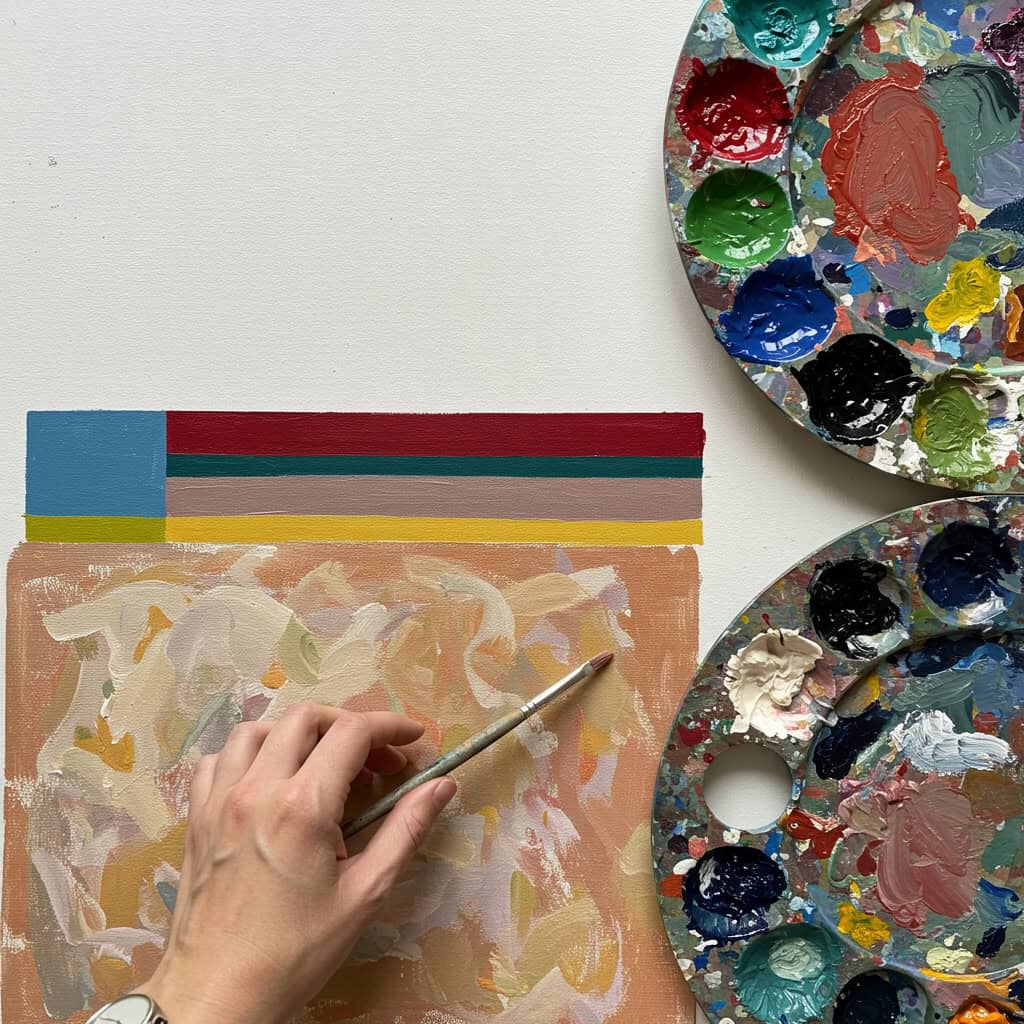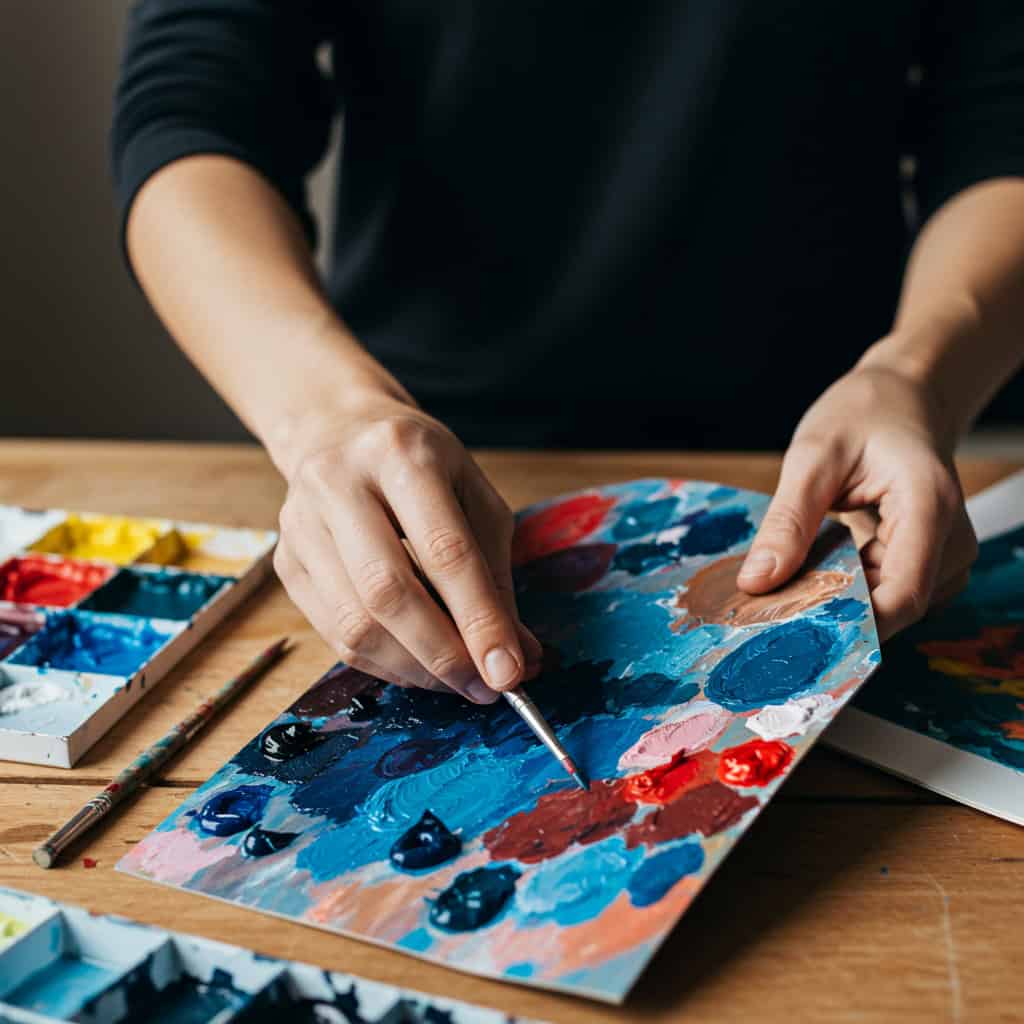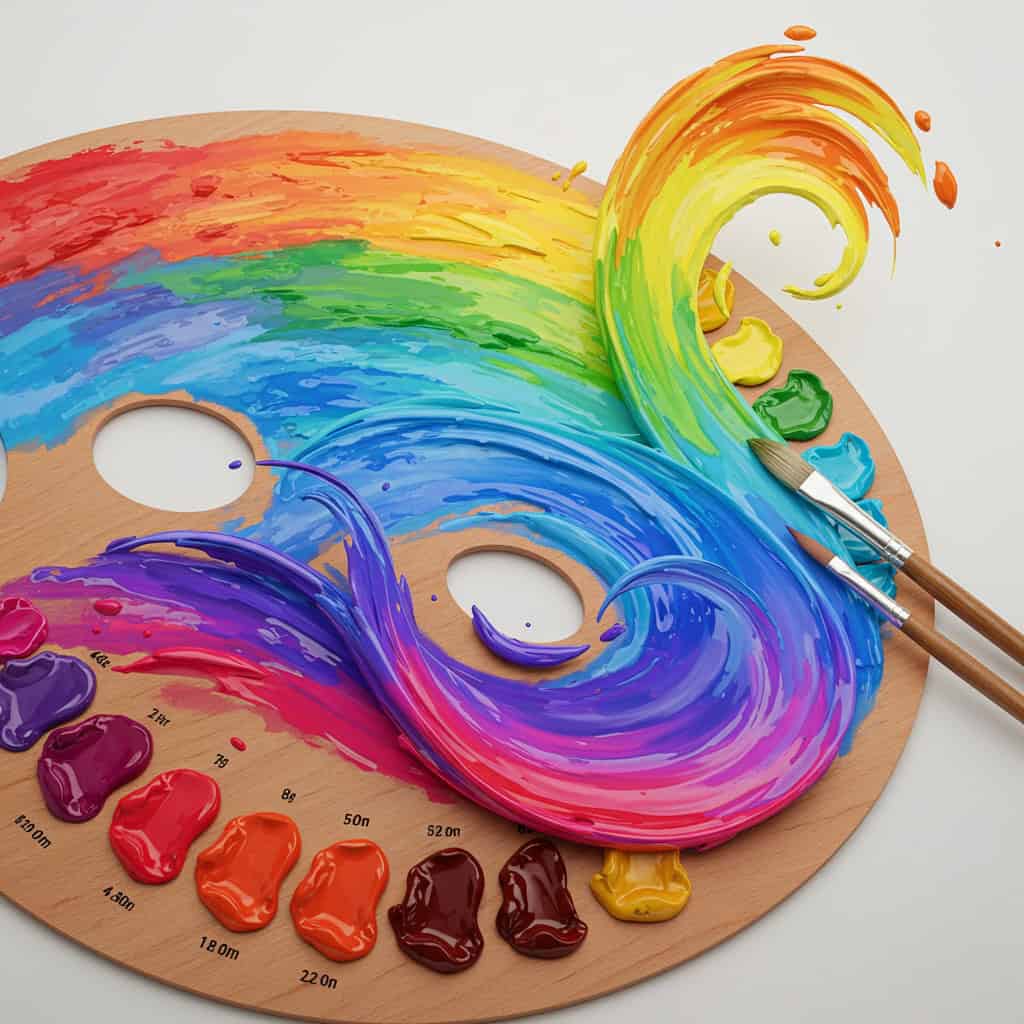Color theory is the cornerstone of visual art, guiding artists in the effective use of color to evoke emotion, create depth, and achieve balance. By understanding relationships between hues, the principles of harmony, and the power of contrast, creators can elevate their work from ordinary to extraordinary. Mastering color theory enables artists to communicate visually, enhance storytelling, and ensure their pieces resonate with viewers.

